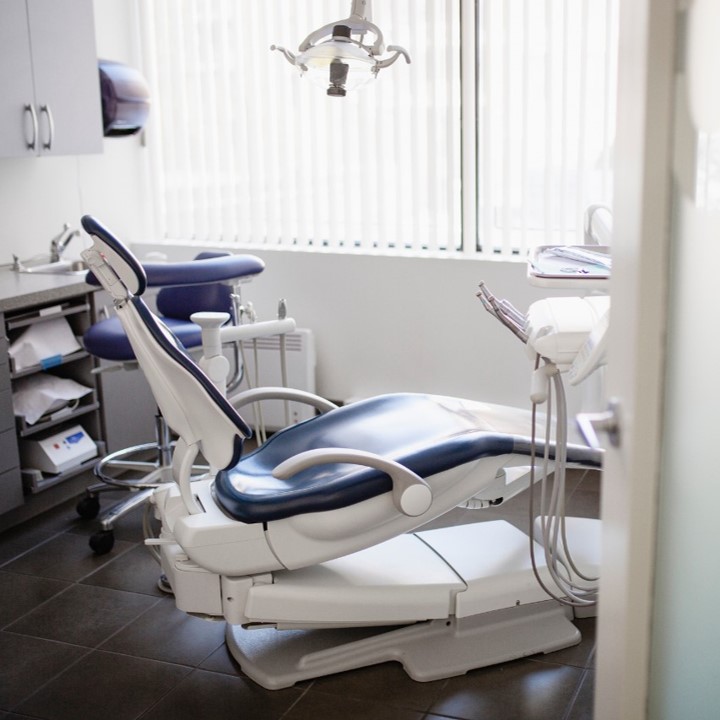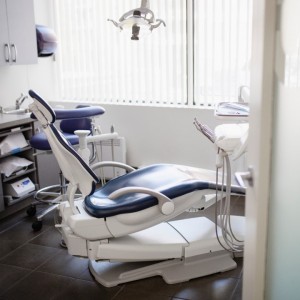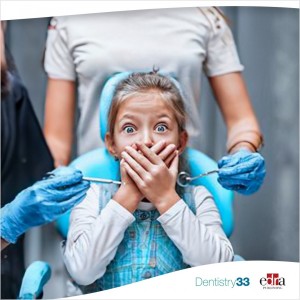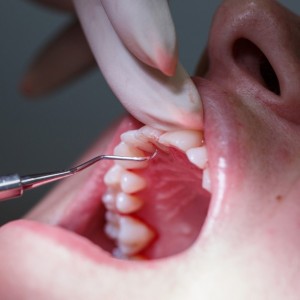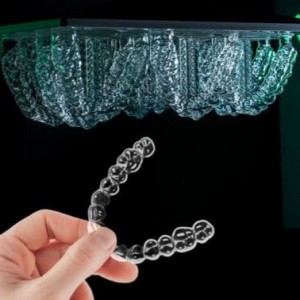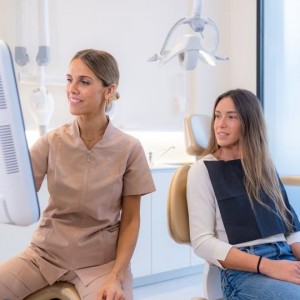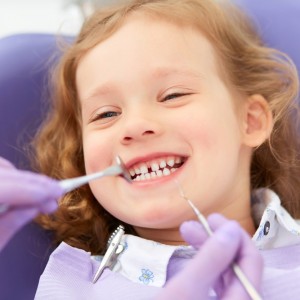
Dental Fear is Widespread—But Most People Want Treatment
Nearly three out of four adults fear going to the dentist, according to a new study published in the Journal of the American Dental Association.
While dental fear is common, the study—led by researchers at NYU College of Dentistry—also found that most fearful individuals are interested in treatment to overcome it.
People who are anxious about going to the dentist often avoid routine cleanings and care, only visiting a dentist when issues arise. This creates a cycle of fear, as the lack of preventive care can compromise oral health, leading to more fear-inducing pain, infections, and dental work.
“Dental fear is so common that it is invisible to both dentists and patients,” said Richard Heyman, a professor in the NYU Dentistry Center for Oral Health Policy and Management and co-director of the NYU Dentistry Family Translational Research Group. “It’s ‘don’t ask, don’t tell’—dentists don’t ask, and fearful patients convince themselves it’s pointless to tell. Dozens of studies have shown that dental fear is highly treatable in only a few hours, and there are even ways now that patients can receive this treatment at home. Tens of millions of people suffer needlessly, so it was important to see if they’d be open to treatment."
High rates of dental fear
Earlier research shows that more than a quarter of the US population is anxious about going to the dentist, but many of these studies were conducted decades ago. To assess the current state of dental fear, researchers at NYU College of Dentistry surveyed a group of 1,003 adults that, for the first time, was representative of the US population based on age, gender, race, education level, region, and household income.
They found that dental fear is even more widespread than previously thought: 72.6 percent reported some amount of dental fear, with 45.8 percent saying they have moderate fear and 26.8 percent reporting severe fear.
When those with moderate or severe fear were asked whether they would be interested in a free, brief treatment for dental fear that could be completed at home, the majority (71.2 percent) expressed interest. (Those who were not interested indicated skepticism about whether the treatment would be effective, reported satisfaction with their current coping strategies, or had concerns about time.)
“While dental fear is highly treatable, neither dentists nor psychologists have received relevant training or offer treatment. Brief, virtual dental fear treatments using apps and telehealth have the potential to reach many people, regardless of where they live,” said Heyman.
Heyman and his colleagues have developed a program called Dental FearLess that uses an app and, if needed, a one-on-one telehealth session, to treat dental fear using principles of cognitive behavioral therapy and mindfulness. In a pilot study, half of participants were no longer fearful after completing the program, which continues to be studied in an ongoing clinical trial.
“While the widespread prevalence of dental fear suggests it may actually be growing in the general population, we are making progress in expanding the access to treatment,” added Heyman.
The role of memory in dental fear
Given how common dental fear is, NYU Dentistry researchers are also working to better understand how it emerges. Prior research shows that more than half of those who have high levels of dental fear have had negative experiences at the dentist, often as a child or adolescent, but little attention has been paid to the role of memory in developing and maintaining these fears.
“Memories of traumatic dental care can be remarkably vivid and tend to have lifelong implications,” said Kelly Daly, an assistant research scientist in NYU Dentistry’s Family Translational Research Group.
To explore the connection between memory and dental fear, Daly and her colleagues analyzed survey data and written reflections from parents about their own dental fear as well as their children’s fear; the findings are published in the journal Oral.
They found that many people with dental fear have memories of pain and negative interactions with dentists—including some behaviors that have since fallen out of favor, such as a dentist putting a hand over a child’s mouth to stop disruptive behavior, a technique that has been removed from clinical guidelines. Patients also recounted experiences that led them to perceive dentists as untrustworthy, whether they felt humiliation, that they were not being listened to or believed, or that dentists were recommending unnecessary treatments.
“The salience of these memories—particularly ones from childhood—and ways that lifelong oral healthcare can be compromised are important lessons for practicing dental providers,” said Daly. “Many of these negative experiences can be avoided with open and transparent communication between providers and patients.”
In addition to Heyman, authors of the JADA study include Daly, Salomi Aladia, Sarah Harris, Nicole Roitman, Annette Kim, and Amy Smith Slep of NYU Dentistry. In addition to Heyman and Daly, authors of the Oral study include Jennie Ochshorn, Ronni Lipnitsky, Adrianna Rozbicka, and Sidhant Athilat of NYU Dentistry, as well as Suher Baker of the Brooker Memorial Institute Pediatric Dental Center and Allan Pike, a leader in pediatric dentistry. Data analyses for and writing of the two papers were supported by the National Institute of Dental and Craniofacial Research (UH3DE029453), part of the National Institutes of Health (NIH). The content is solely the responsibility of the authors and does not necessarily represent the official views of the NIH.
Author: Rachel Harrison
Source: https://www.nyu.edu/
 Related articles
Related articles
Editorials 23 September 2025
New research explores the prevalence of dental fear and memories underlying it, underscoring the need for accessible treatment
For some, the mere thought of sitting in a dental chair can send shivers down their spine and set their heart racing. In fact, nearly 40% of the population admits to having anxiety or fear of the...
Western Dental, California’s largest Medi-Cal dental provider, with 223 offices in 35 counties across the state, will be forced to close offices if the current proposal to cut Proposition 56...
Editorials 23 January 2025
Mapping dental deserts in the U.S.: New HSDM research reveals widespread lack of access to care
Imagine having to travel for hours to receive routine oral health care, such as a dental cleaning, or waiting in agony for days to get treatment for a painful toothache.
Editorials 24 October 2025
From mentoring workshops to leadership insights, the last week’s IU School of Dentistry (IUSD) fall faculty conference and staff retreat brought faculty and staff together respectively for two days...
 Read more
Read more
Periodontology 30 October 2025
To update the competences and learning outcomes and their evaluation, educational methods and education quality assurance for the training of contemporary specialists in periodontology
Products 30 October 2025
LuxCreo, a global innovator in personalized medical and dental devices, announced that it has received a strategic investment from Angelalign Technology Inc., a leading.
News 30 October 2025
GTCR, a leading private equity firm, announced the simultaneous signing and closing of a strategic, structured minority investment in Solmetex (the “company”).
News 30 October 2025
PDS Health, a leading integrated healthcare support organization, has announced the launch of PDS Health Medical, a new business unit that connects medical care to dental practices through connected...
The purpose of this study was to describe the use of operating room (OR) time for pediatric dental procedures performed under general anesthesia (GA) at a regional children's hospital over a 2-year...


